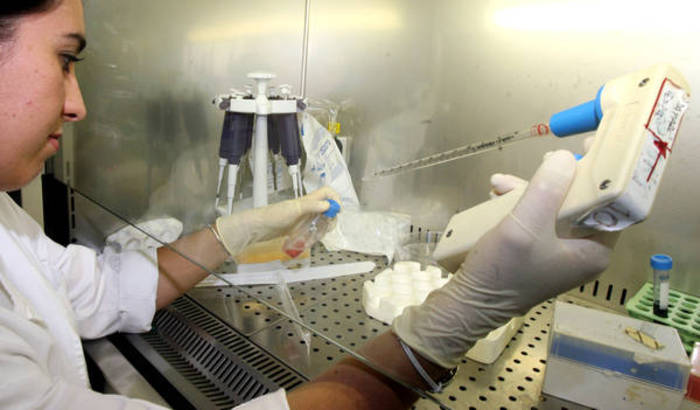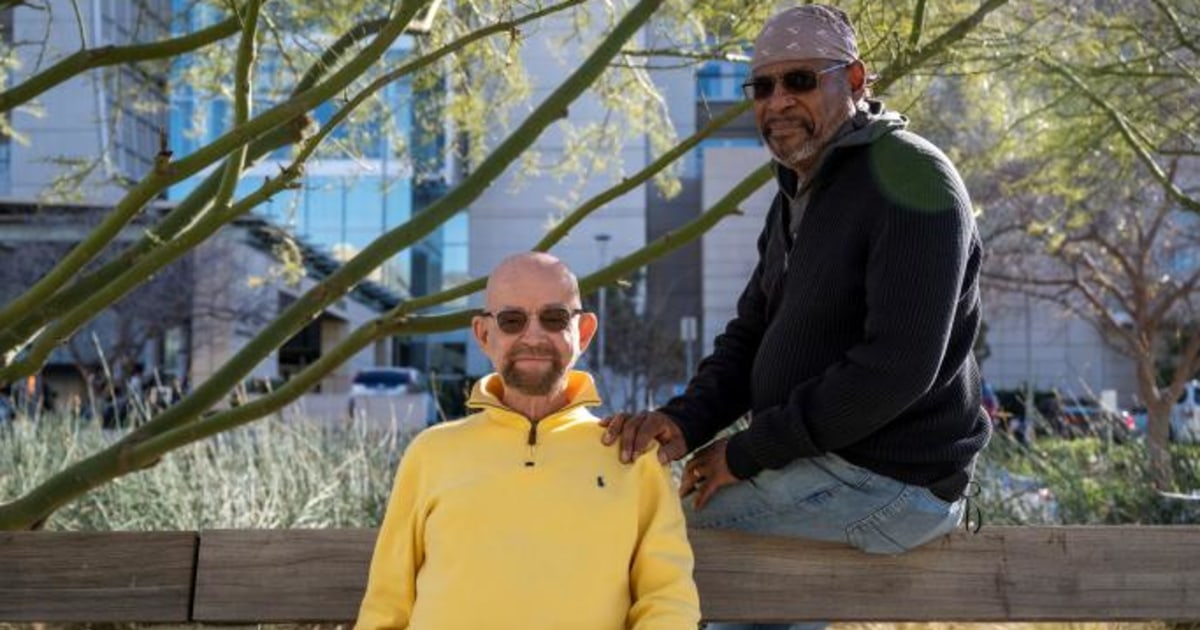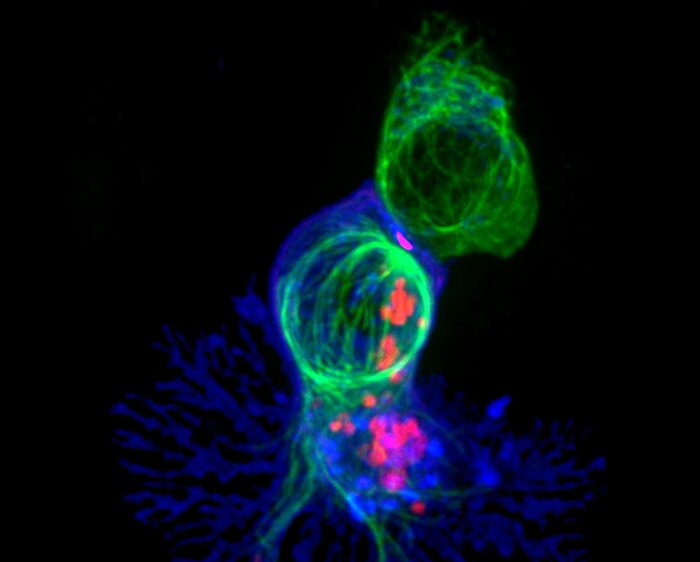Against acute lymphoblastic leukemia, in adult and pediatric patients, hope for a cure comes thanks to a particular type of engineered cells, called CARCIK, which have shown a very promising antitumor activity: in fact, among patients treated with the highest dose , nearly 86% (six out of seven) responded to treatment with a complete disappearance of the tumor. This is demonstrated by an all-Italian clinical study, developed in the research laboratories of the Tettamanti Foundation, coordinated by the Pediatric Hemato-Oncology Center of the Monza and Brianza Foundation for the Child and the Mother with the collaboration of the Papa Giovanni XXIII Hospital in Bergamo, published on The Journal of Clinical Investigation. These are particular CAR-T cells obtained from the T cells of the immune system of healthy donors and suitably modified in the laboratory in order to enhance their ability to recognize and kill cancer cells. CARCIK cells have been administered to pediatric and adult patients with acute lymphoblastic leukemia who have relapsed after allogeneic haematopoietic stem cell transplantation. They have been shown to be able to expand and persist for a long time in the organism, and have a very promising antitumor activity, associated with a good safety profile. Of the patients treated with the highest dose of these CAR-T cells, therefore, nearly 86% responded with a complete disappearance of the tumor. The study sees as the first authors Chiara Magnani, researcher of the Tettamanti Foundation and Giuseppe Gaipa, head of the Cellular and Gene Therapy Laboratory Stefano Verri. The study was coordinated by Andrea Biondi, director of the Pediatric Clinic of the University of Milano Bicocca and scientific director of the Tettamanti Foundation, and by Alessandro Rambaldi, director of the Hematology-Oncology Department of Papa Giovanni XXIII Hospital in Bergamo. In their study, the researchers tested four different assays of CARCIK cells directed against the CD19 antigen and treated a total of thirteen patients with B-cell acute lymphoblastic leukemia, including four pediatric and nine adult, with a single administration of these cells. . The participants had already undergone unsuccessful treatment lines and at least one allogeneic stem cell transplant, after which the disease had relapsed. They were, therefore, very compromised subjects and in an advanced stage of the disease, for which there were no more other therapeutic options available. Four weeks after the CARCIK cell infusion, six of the seven patients treated with the highest doses achieved complete tumor disappearance; in addition, five of them achieved minimal residual disease negativity. This parameter represents the small amount of leukemic cells that can remain in the body after the therapy and that over time could lead to a relapse of the disease. Most of the patients who responded to treatment were still in remission after an average of 6 months after infusion and the CARCIK cells administered to them expanded robustly and were shown to persist in the body for up to 10 months.
New hope for leukemia, laboratory cells
2020-10-20T20:40:08.441Z

Against acute lymphoblastic leukemia there is a new hope of recovery with an engineered cell type (ANSA)Against acute lymphoblastic leukemia, in adult and pediatric patients, hope for a cure comes thanks to a particular type of engineered cells, called CARCIK, which have shown a very promising antitumor activity: in fact, among patients treated with the highest dose , nearly 86% (six out of seven) responded to treatment with a complete disappearance of the tumor. This is demonstrated by an all-Itali


/cloudfront-eu-central-1.images.arcpublishing.com/prisa/PXTLDZ4PUVFJLM6CHYFPYPWVKI.jpg)


/cloudfront-eu-central-1.images.arcpublishing.com/prisa/ZV3HRONFCNGOLA37LDSKYTU2VY.jpg)


